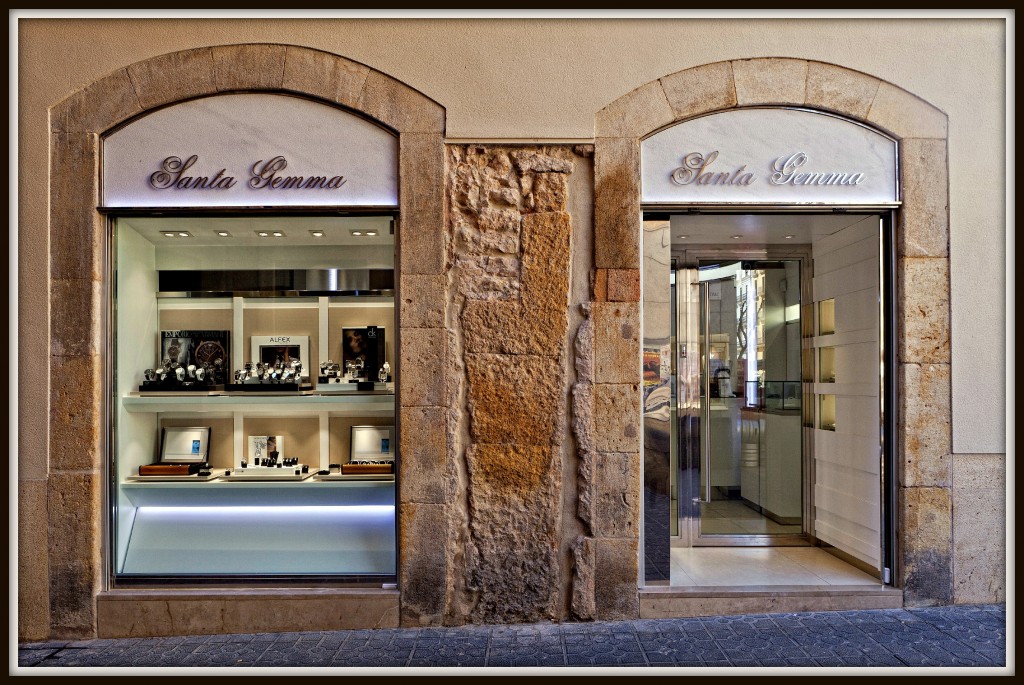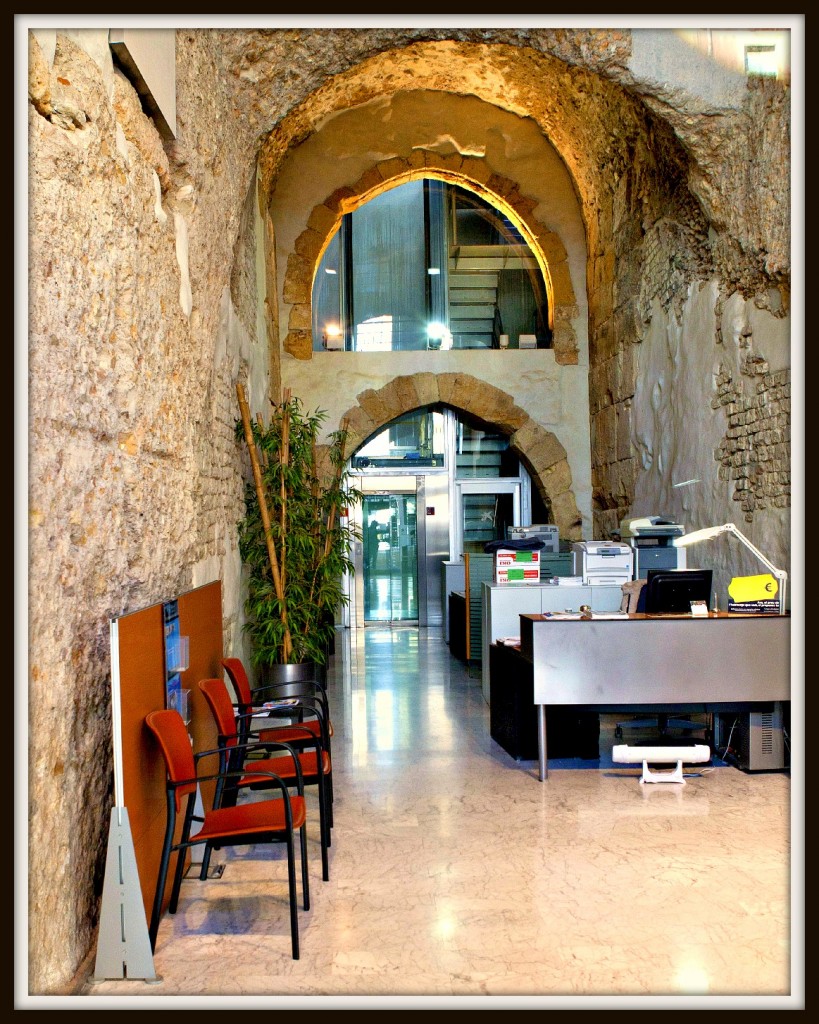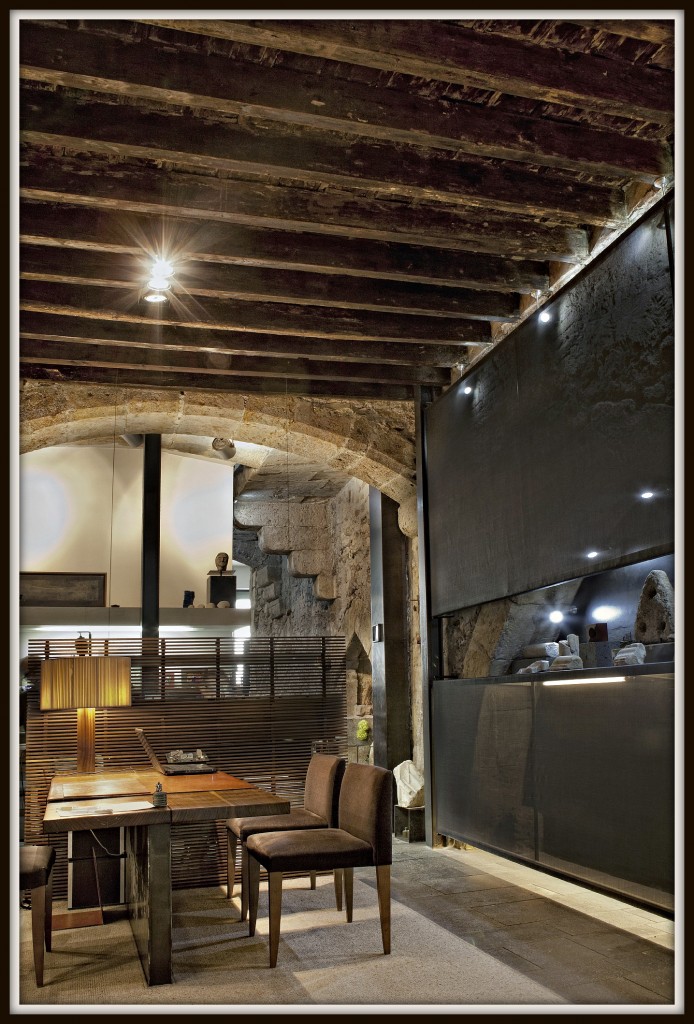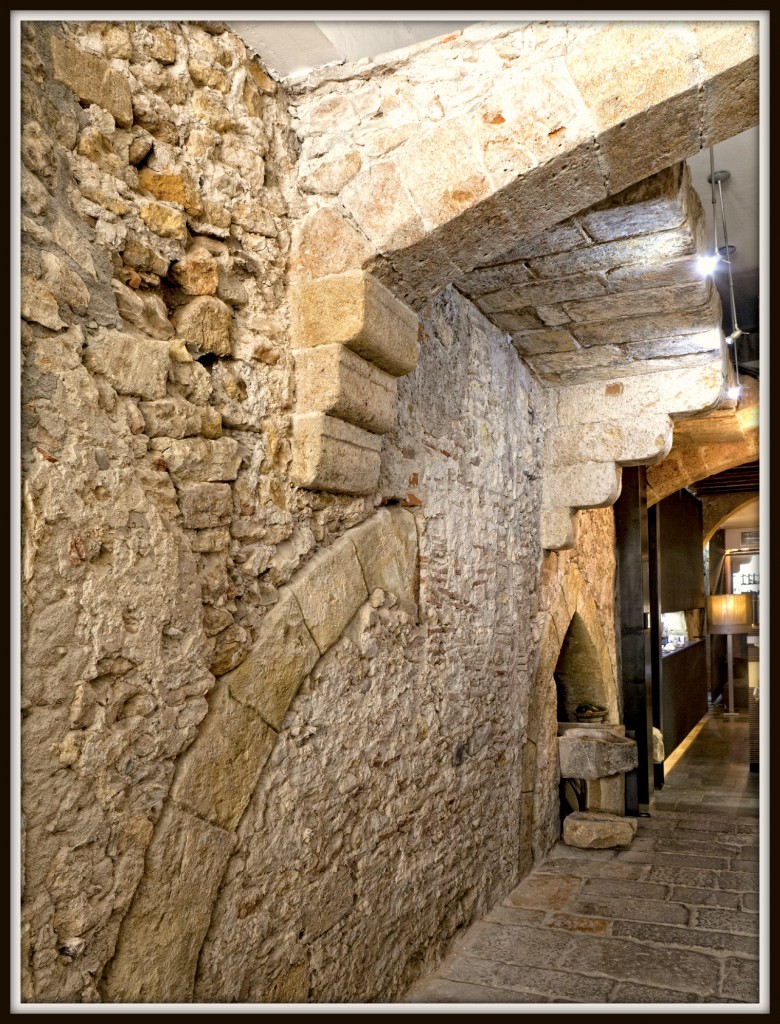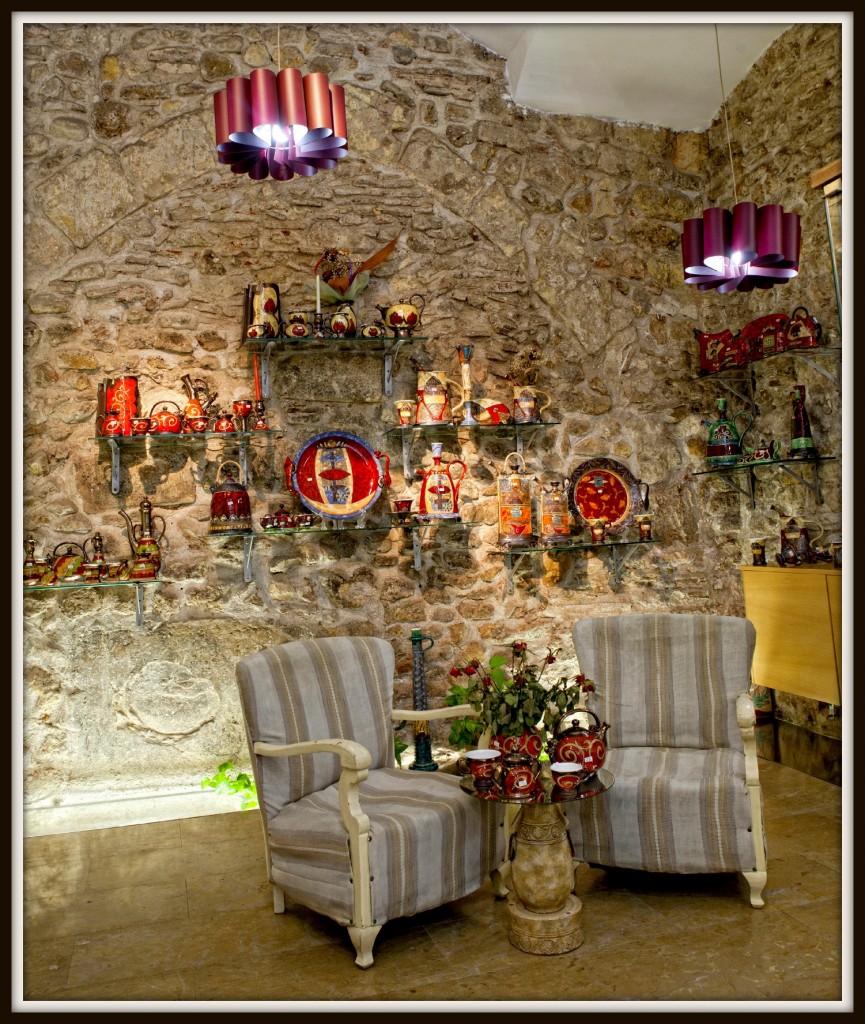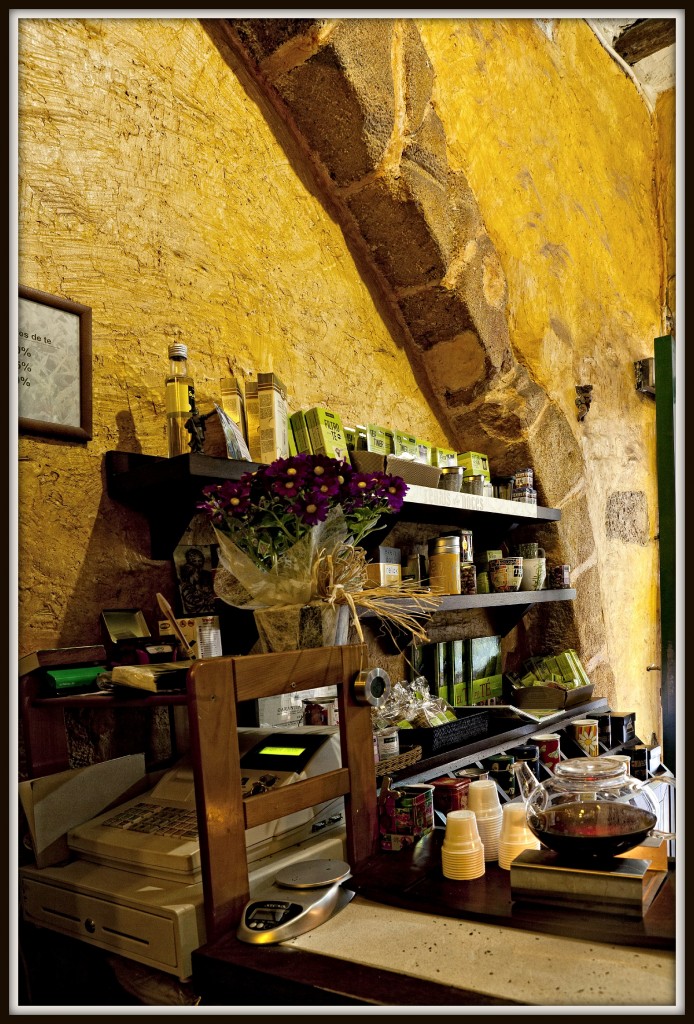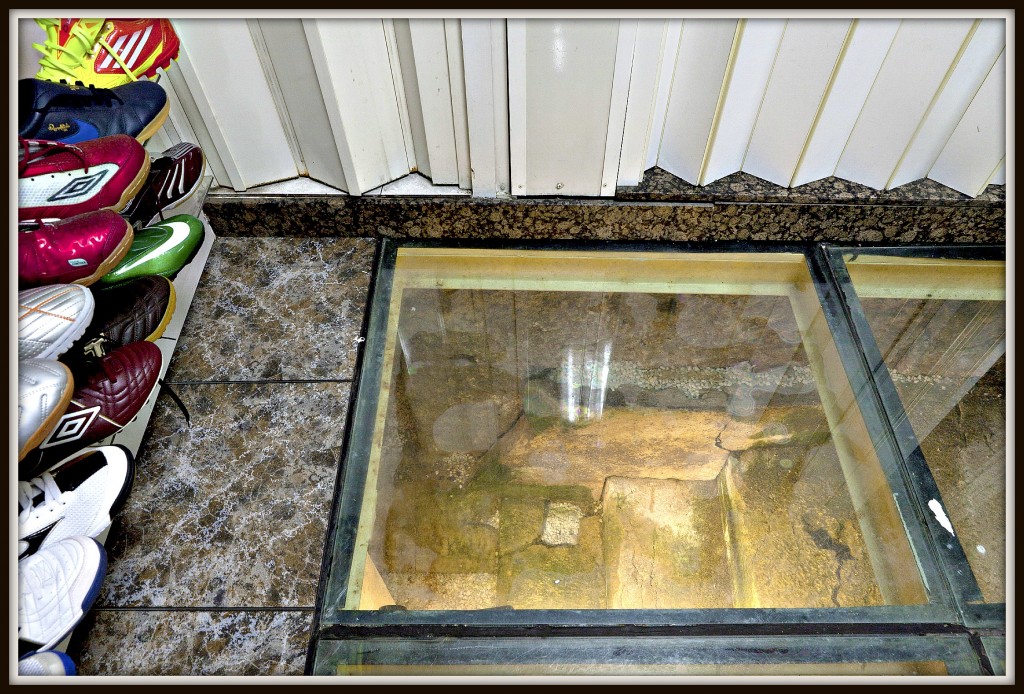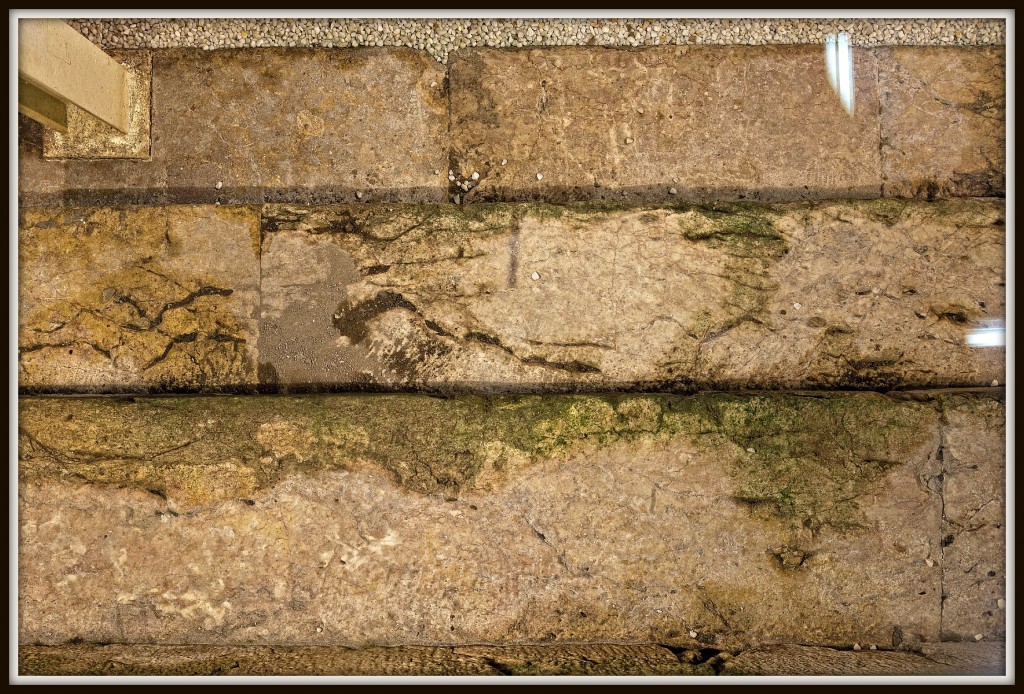In Tarragona, it is easy to see travellers bumping repeatedly into every single remain from the roman Tàrraco; no wonder, since we are talking here about the very first city founded by the romans outside the Italic peninsula. And you can tell. From the “Part Alta” restaurants, which proudly exhibit its millenary past, going along the number of stores, capable as they have been of integrating the remains and, at the same time, increasing its value together with the store’s. It is about traces talking about history, therefore, past and present, and that thanks to this, they become an extraordinary pillar on which future ought to be constituted. Tarragona is, in fact, a city where stones bear witness to the passage of years, centuries, and also, millenniums. Along the years, though, this legacy remained covered up, concealed using plaster or bricks. Now, on the other hand, the appearance and preservation of the architectural remains from the past is something to be proud of, awaking a sense of belonging to a city built under the umbrella of Cesar Augustus, together with an extraordinary and original legacy.
The urban skeleton of the Tàrraco from the 1st century has become, throughout history, an important heritage on which to base the modern city. The “Part Alta” of Tarragona is not just primarily rich regarding archaeological remains of the roman period, but also medieval.
If we position ourselves at the “plaça de la Font”, right in the middle of the roman Circus spine, leaving the “Palau Municipal” behind us, we can start a route on which to locate a large part of the monument, erected on the late 1st century AD in order to welcome a number of performances and, above all, the chariot races (quadrigae, bigae…). With a length of 325 metres, the conservation of the Tàrraco’s Circus has been partial thanks to the fact that it has been reused, since the 5th century, as the foundations for future constructions. Now, on the other hand, sometimes the process is the other way round, and the restoration of premises and ground floors located on the façade facing the “plaça de la Font” has allowed the rediscovering of the real structure, and its archaeological and historical interpretation.
Wandering around the Tarragona of the 21st century under the guidance of Joan Menchón, main archaeologist in Tarragona, really lets anyone see it from a different point of view. One by one, each of the ground floors of the façade facing the square, have been integrating roman structures. Thus, Santa Gemma’s Jeweller’s shows, as a part of its façade, a part of the Circus’s podium cut in section. Daniel Martí, owner of the store, talks about it proudly, while explaining that even more remains can be found in the building’s interior, also to be added to the store in the future.
Restaurants have also integrated this heritage, although if you want to have a look at the spectacular nature of the structure in all its immensity, do check the “La Caixa” bank office at the “plaça de la Font”. Its restoration was peculiar, partly because of its high economical cost, but mainly because of the spectacular result of the intervention. Looking through the financial entity’s glass door, one can discern the partly rebuilt terraces, and also a bit of the Circus structure. It really takes one’s breath away to actually perceive the magnitude of the roman public constructions, and above all, how it has been preserved throughout the centuries going, as it did, through all kinds of vicissitudes.
As a matter of fact, most part of the Part Alta –the old Tàrraco’s heart¬– is riddled with remains. Menchón highlights, for example, the intervention made at the Personal Jeweller’s, 36 Major St, where its owner, Antonio Gómez, defines himself as a Part Alta “lover”, a passion still lasting since he was 17. The establishment, located in an old gothic palace belonging to the Rocabertí family –bound to the construction of the Cathedral’s cloister–, is a beauty: with a coffered ceiling from the 15th century, medieval arches shining with all its splendour, and even a courtyard where the workshop is set. Gómez boasts about the final result, with some details such as a mirror on which the Rocabertí’s family crest is reflected, otherwise impossible to see for visitors. The jeweller also says that his customers, among which we can find very different origins, such as the United States of America or Canada, do particularly appreciate the singularity of a restoration, which can actually be described as exemplary.
On Major Street, you’ll find other stores, of all kind and with singular remains. Ale-hop keeps its roman arches in great condition; the Teashop still has spectacular medieval archways competing in beauty with the ones in the Herbolari, and let’s not forget, shall we, about Esports la Catedral, which are proudly able to exhibit Jupiter’s temple stairs, from the 1st century. The discovery, made about fifteen years ago, entailed a mandatory move of the commercial activity, as recalled by the owner, Pilar Quílez. Inside the store, one can see the stairs protected by a glass surface, without missing the gothic arches; a luxury surrounded by tracksuits, trainers and sport clothes.
Addresses of interest:
Joieria Santa Gemma, carrer Sant Fructuós, 1.
La Caixa, Banca Privada, plaça de la Font, 45.
Joieria Personal, carrer Major, 36.
Ale-hop, carrer Major, 1.
http://www.ale-hop.org/cli-1-50-alfabetico-f-T-43-0-101/
Tea Shop, carrer Major, 32.
http://www.teashop.es/tea-shop-tarragona/?lang=es
Esports Catedral, carrer Major, 44.
By Gemma Casalé (@Casalesi)
* Photographer Manel R. Granell
* Translated by Artur Santos


